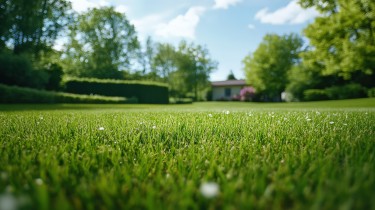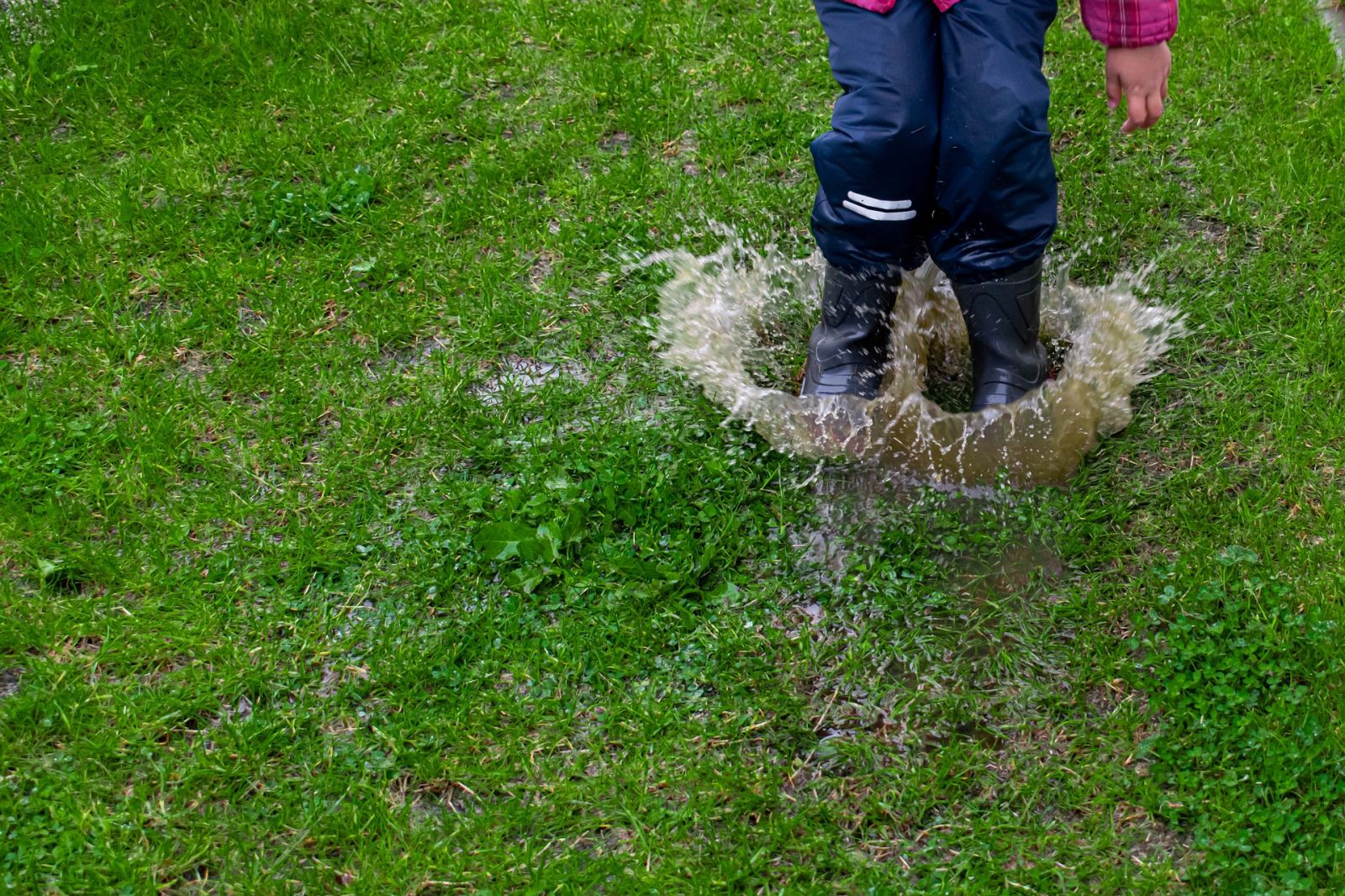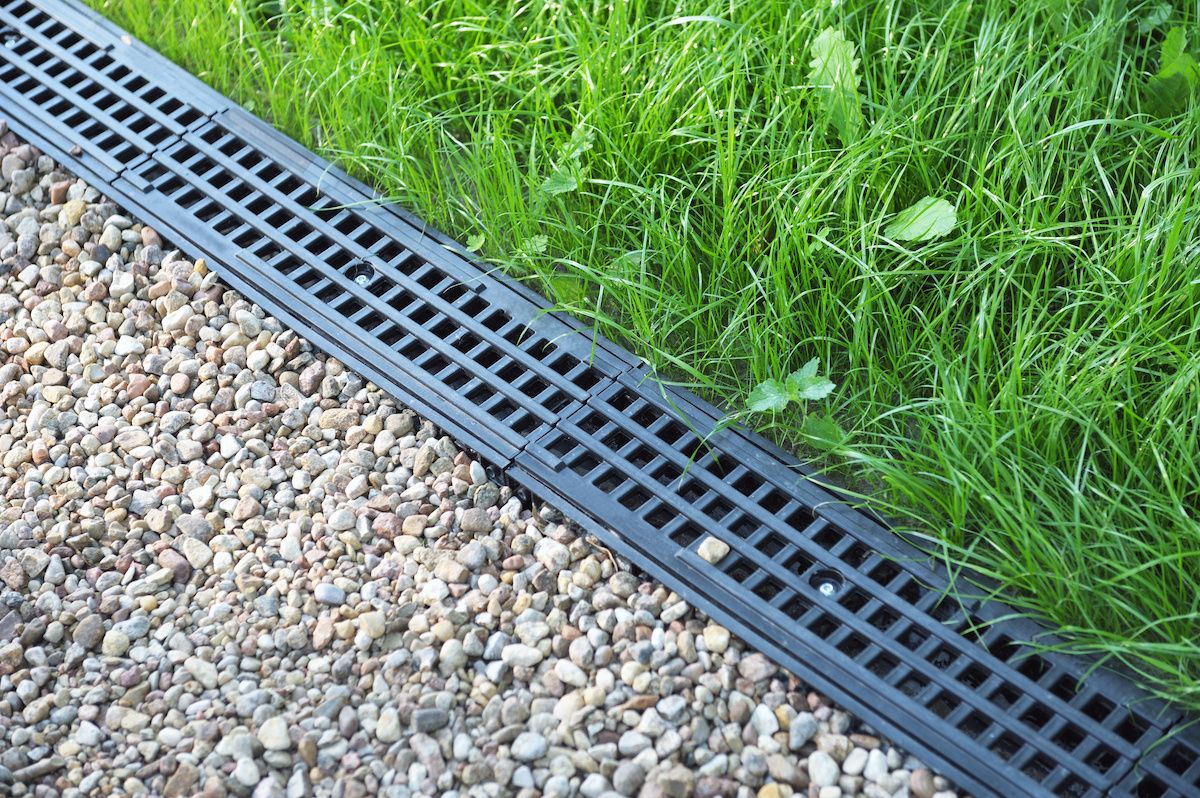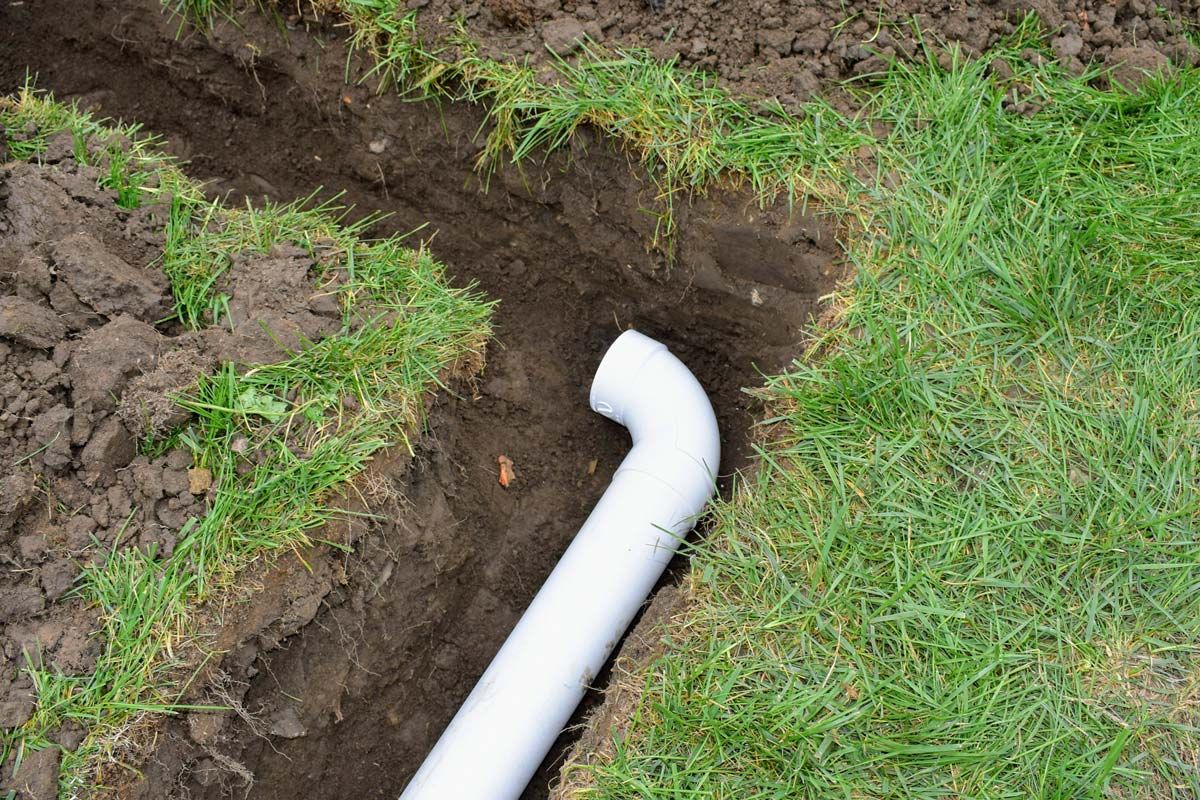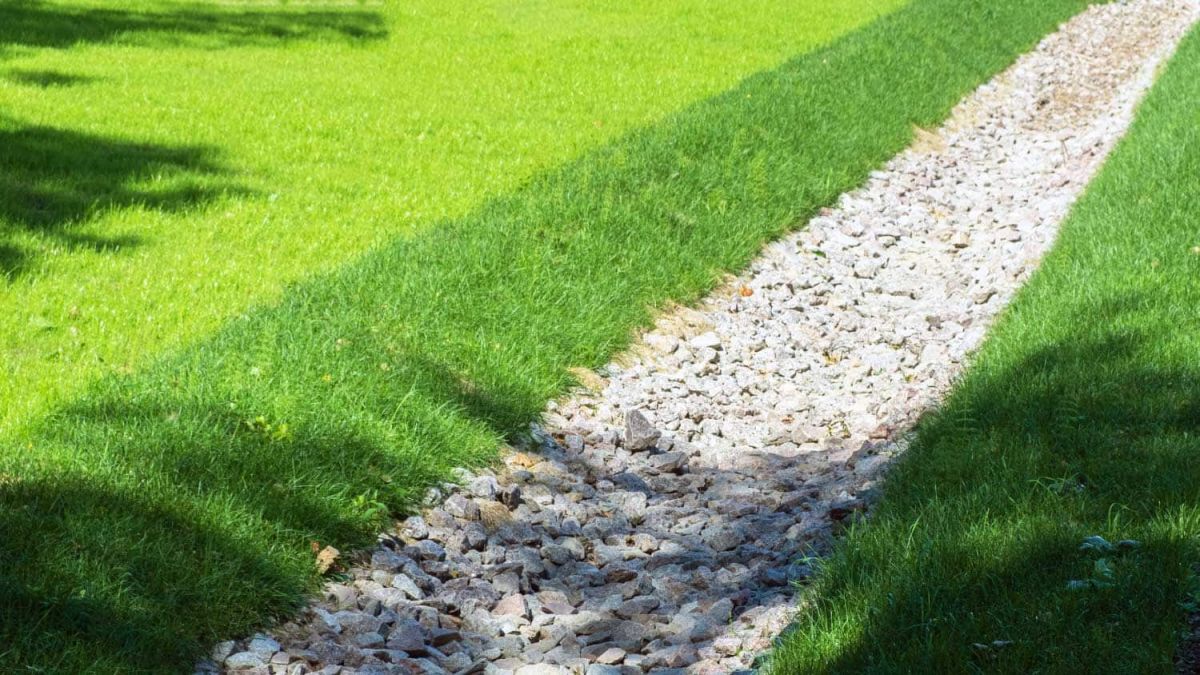Drainage systems are an essential part of any residential property. They help prevent flooding and water damage by redirecting excess water away from the home. There are many types of drainage systems available and in this blog post, we’ll explore the three best options as well as the advantages and disadvantages of each.
Surface drainage systems
Surface drainage is one of the most common types of drainage systems used for residential properties. It involves the installation of channels, gutters, and downspouts to collect and redirect excess water away from the surface of the property toward nearby drains or stormwater systems.
Pros:
- Surface drainage systems are easy to install, making them a cost-effective solution to manage excess water.
- Homeowners can choose from a variety of materials, such as concrete, stone, or plastic, to create the channels and gutters.
- As long as they are installed correctly, surface drainage systems are easy to maintain. All you need to do is clean out the gutters and downspouts periodically to prevent clogging.
Cons:
- Surface drainage systems can be damaged by heavy rainfall, snow, and ice. If not properly maintained the channels and gutters may become clogged, preventing the system from functioning correctly.
- Some homeowners find surface drainage systems to be aesthetically unappealing, especially if they are visible from the street. This can be a concern for homeowners who want to maintain the curb appeal of their property.
- Cleaning out the gutters and downspouts can be a time-consuming task, especially for homeowners who are not comfortable working on ladders.
Subsurface drainage systems
Also called a French drain, subsurface drainage systems are a popular drainage solution for many residential properties. It involves the installation of a perforated pipe surrounded by gravel or other porous material to allow water to seep into the ground. A French drainage system can be installed either above or below ground, depending on the specific needs of the property.
Pros:
- French drains are effective for properties with a high water table or those prone to standing water. The system allows water to seep slowly into the ground, reducing the risk of flooding and water damage.
- French drains are made of durable materials and can last for several decades with proper installation and maintenance.
- French drains don’t need a lot of maintenance. All you need to do is clean out and snake your French drain once each year to remove debris and leaves that have built up in the drainpipe's holes to keep it functioning properly.
- Above-ground drains can be aesthetically pleasing and integrated into your landscape design.
- A properly installed and maintained subsurface drainage system can increase the value of a property by protecting it from water damage.
Cons:
- French drains can be expensive to install, particularly if the property requires extensive excavation work.
- Unless you’re really handy — and have a strong back — a French drain is not a DIY project. It’s best to have your French drain professionally installed to ensure it functions correctly.
- You need to make sure to dig it deep so that it lays below the frost line. Here in Northern Virginia, that’s about 24 inches. The further north you go, the deeper it needs to be.
- If you don’t put it in the correct location you may end up cutting utility lines (call before you dig) or compromising your home’s foundation.
- If you DIY you’ll have to deal with the soil that’s left over after digging your trench, which can be quite substantial.
Surface infiltration systems
Surface infiltration is a type of drainage system that involves the installation of permeable surfaces, such as porous concrete or gravel, to allow water to seep into the ground. This type of drainage system is ideal for properties with limited space or those in urban areas where traditional drainage systems may not be feasible.
Pros:
- Permeable pavement comes in various sizes and colors so it complements any architectural design or concept.
- By allowing rainwater to infiltrate into the ground, surface infiltration can help prevent flooding by reducing the amount of stormwater runoff.
- Can help reduce erosion by allowing rainwater to slowly percolate into the soil rather than rapidly running off and eroding the land.
- Improves water quality and helps groundwater recharge, which is important for maintaining a healthy water supply.
- Surface infiltration can be a cost-effective solution for drainage issues compared to more expensive solutions such as installing underground drainage systems.
- Permeable pavers act like a sponge, soaking up the water and allowing it to be slowly absorbed instead of running off paved surfaces or standing in puddles.
Cons:
- Surface infiltration systems may require a significant amount of land to be dedicated to infiltration basins, swales, or permeable pavements, which may not be practical or feasible in densely populated areas.
- There is a risk of contamination from pollutants and chemicals that may be present in rainwater runoff.
- Installing permeable pavers requires a lot of excavation, so you’ll need a professional with the right equipment. This is something we can help you with!
This is by no means an exhaustive list of drainage solutions available. Before choosing which one to use, have your property assessed to see which system is right for your particular issue. Sometimes it’s a combination of all three!
The big takeaway here is the need to eliminate excess water from your property. While no one wants to wear rubber boots in their backyard all summer, the biggest problem is how it affects your trees, shrubs, lawn and gardens.
Good drainage promotes deep root growth and prevents the crop roots from drowning in too much water. It also improves soil aeration, which leads to better soil structure.
So, if your yard is a soggy mess after it rains and you’d like to take care of your drainage issues, feel free to contact us. Together, we’ll come up with a plan so you can use your yard for what it was meant for — spending time outside with your family and friends.
If you’re interested in seeing how a French drain is constructed (and how it can transform a soggy yard) check out this Youtube video.
